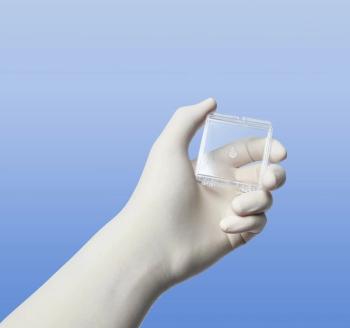
Here’s how your patients can easily monitor AMD at home
In the first part of his Clinical Innovation series, Josh Mali, MD, shares how this novel home-use device is the new standard of care for AMD monitoring. Future blogs in the series will discuss the increased efficacy of patient monitoring and present case examples.
In the first part of his Clinical Innovation series, Josh Mali, MD, shares how this novel home-use device is the new standard of care for AMD monitoring. Future blogs in the series will discuss the increased efficacy of patient monitoring and present case examples.
Editor’s Note: Welcome to “Eye Catching: Let's Chat,” a blog series featuring contributions from members of the ophthalmic community. These blogs are an opportunity for ophthalmic bloggers to engage with readers with about a topic that is top of mind, whether it is practice management, experiences with patients, the industry, medicine in general, or healthcare reform. The views expressed in these blogs are those of their respective contributors and do not represent the views of Ophthalmology Times or UBM Medica. This is part one of a three-part Clinical Innovations series discussing the benefits of incorporating an at-home monitoring system for patients with AMD. Joshua Mali, MD, is a vitreoretinal surgeon at The Eye Associates, a private multispecialty ophthalmology practice in Sarasota, FL.
More than 15 million Americans have age-related macular degeneration (AMD),I of which an estimated 15% will progress to the point of severe vision loss.II Thus, the majority of non-exudative (“dry”) AMD patients will not progress to the exudative (“wet”) AMD form during their lifetime.
However, those patients who do progress to advanced disease will need timely intervention to maintain or regain their vision.
This generates two needs in my practice: first, the urgency to catch dry AMD at the moment it converts to wet AMD so that I can treat my patients and protect their vision; and second, the necessity to alleviate patient anxiety while reassuring them that we are doing everything we can to preserve their vision.
Consistent with most diseases in medicine, patients with intermediate dry AMD will benefit significantly from early detection and prompt treatment once the disease conversion does occur. Several studies demonstrate that initiating treatment for wet AMD while visual acuity is 20/40 or better will lead to better absolute visual acuity overall and superior retinal anatomical outcomes.
However, the conversion from dry AMD to wet AMD just before a regularly scheduled office visit rarely happens, which is why it is critical to consistently monitor these patients at home-between office visits-to prevent severe and often irreversible vision loss from evolving. This is why one of my “Top 5 Predictions in Ophthalmology for 2018” includes a novel device (ForeseeHome [FSH], Notal Vision) as a new standard of care for AMD monitoring.
The Age-Related Eye Disease Study (AREDS) Home Monitoring of the Eye (HOME) Study compared visual acuity at the time of choroidal neovascularization (CNV) diagnosis between 1,520 at-risk dry AMD patients who were randomly assigned to use the device plus standard-of-care (self-monitoring with Amsler grid and routine clinic visits) with a control group utilizing standard-of-care alone.III
Among patients who tested with the device at least twice a week, 94% maintained 20/40 or better visual acuity at diagnosis of wet AMD compared with 62% of eyes that used standard-of-care alone (p = 0.014).
Additionally, patients who triggered an alert between office visits lost a mean of three letters of vision compared with an average of nine letters of vision lost in the control group. Finally, patients in the standard-of-care group had CNV lesions that were about 300% larger than the cohorts. As healthcare providers, our plan for monitoring these patients’ progression needs to be more regimented than sending them home with a lined piece of paper and instructing them to call us if they notice a vision change in either eye. Although the Amsler grid has certainly helped many patients, its sensitivity fluctuates based on individual patient variability, leaving its true ability to detect visual changes at somewhere between 34% and 56%.IV,V
Preferential hyperacuity perimetry (PHP) is a newer technology that detects minute changes in the central visual field with a sensitivity of 80%. The device uses PHP and was cleared by the FDA as a home- monitoring device in 2009.
Even with relatively frequent visits, the greatest probability remains that dry AMD patients will convert to wet AMD between routinely scheduled visits. Thus, frequent and regular home-screenings with highly sensitive technology is a necessary component in protecting our patients’ vision.
The device provides at-home monitoring and takes the pressure off the patient since it acts as a safety net to detect vision changes between regularly scheduled visits. My patients can feel confident that the machine will automatically detect significant changes in metamorphopsia and will alert me electronically, allowing me to have a significantly better chance of preserving their vision and their quality of life. Ultimately, patients who are reassured that they are being monitored consistently feel better about their disease, and I truly believe this results in a happy patient.
Joshua Mali, MD, is a board-certified ophthalmologist and award-winning vitreoretinal surgeon at The Eye Associates, a private multispecialty ophthalmology practice in Sarasota, FL. He can be reached at 941-923-2020.
Disclosures:
Dr. Mali is currently a consultant and speaker for Notal Vision, Inc.
References:
I Wong WL, Su X1, Li X, et al. Global prevalence of age-related macular degeneration and disease burden projection for 2020 and 2040: a systematic review and meta-analysis. Lancet Glob Health. 2014;2(2):e106-16.
II Cheung LK, Eaton A. Age-related macular degeneration. Pharmacotherapy. 201;33:838-855.
III AREDS2-HOME Study Research Group, Chew EY, Clemons TE, Bressler SB, et al. Randomized trial of a home monitoring system for early detection of choroidal neovascularization home monitoring of the Eye (HOME) study. Ophthalmology. 2014;121:535-544.
IV Schuchard RA. Validity and interpretation of Amsler grid reports. Arch Ophthalmol. 1993;111:776-780.
V Loewenstein A, Malach R, Goldstein M, et al. Replacing the Amsler grid: a new method for monitoring patients with age-related macular degeneration. Ophthalmology. 2003;110:966-970.
Newsletter
Don’t miss out—get Ophthalmology Times updates on the latest clinical advancements and expert interviews, straight to your inbox.


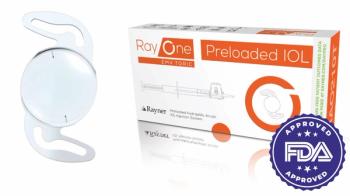
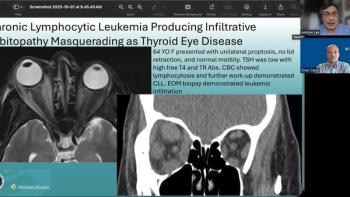
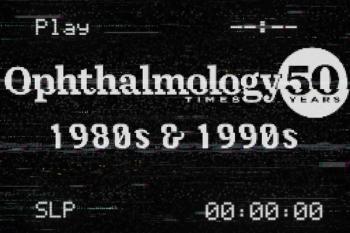
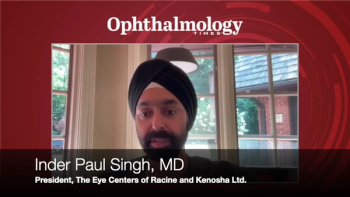



























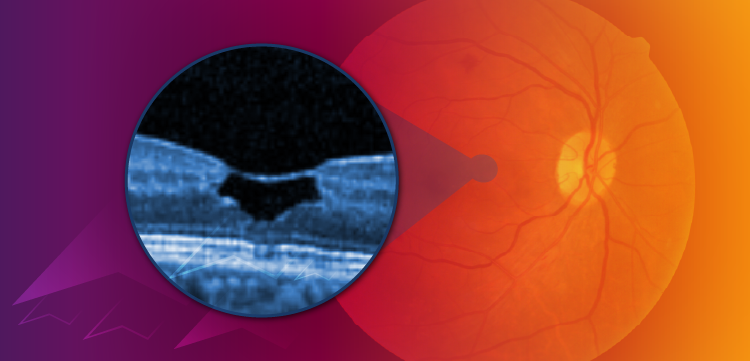




















.png)


